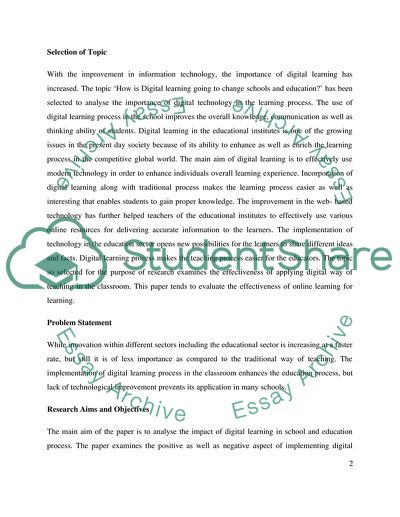Cite this document
(“How Is Digital Learning Going To Change Education Research Paper”, n.d.)
Retrieved from https://studentshare.org/education/1685527-how-is-digital-learning-going-to-change-education
Retrieved from https://studentshare.org/education/1685527-how-is-digital-learning-going-to-change-education
(How Is Digital Learning Going To Change Education Research Paper)
https://studentshare.org/education/1685527-how-is-digital-learning-going-to-change-education.
https://studentshare.org/education/1685527-how-is-digital-learning-going-to-change-education.
“How Is Digital Learning Going To Change Education Research Paper”, n.d. https://studentshare.org/education/1685527-how-is-digital-learning-going-to-change-education.


